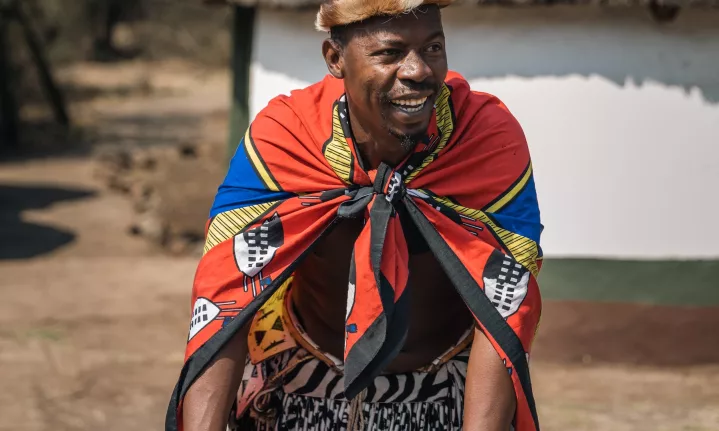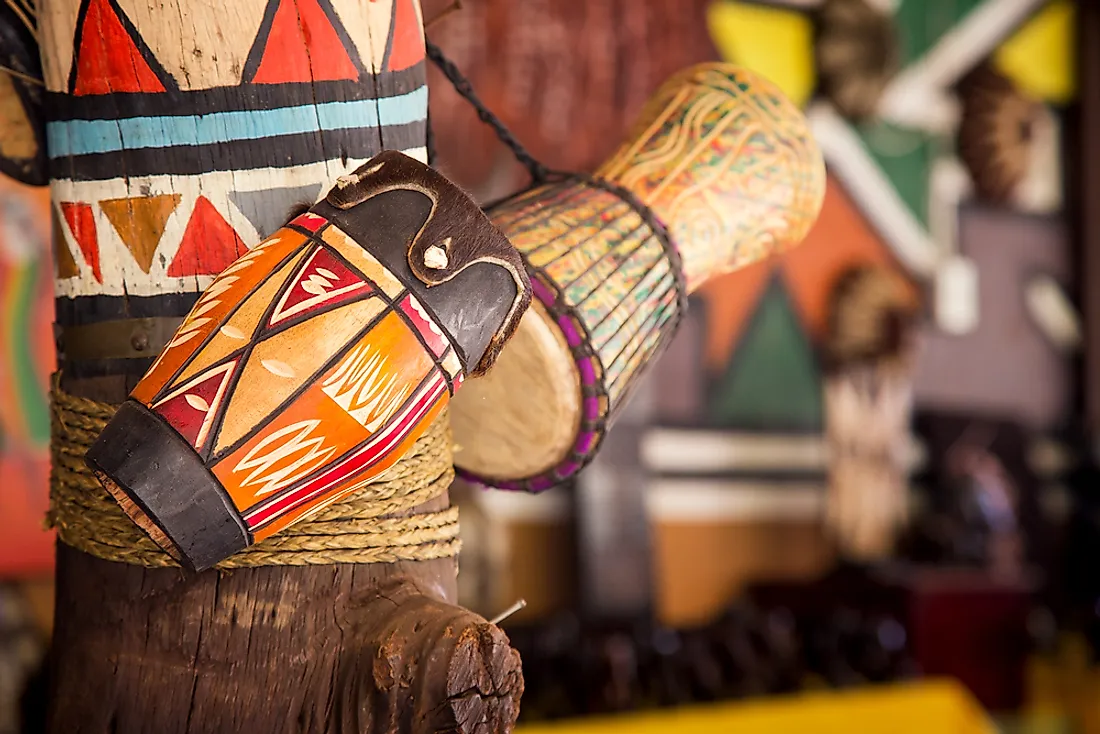Everything about South African Culture Today
Everything about South African Culture Today
Blog Article
A Biased View of South African Culture Today
Table of ContentsWhat Does South African Culture Today Mean?South African Culture Today - The FactsWhat Does South African Culture Today Mean?Some Ideas on South African Culture Today You Need To KnowThings about South African Culture TodayThe 5-Minute Rule for South African Culture Today
An issue of importance in Zambian villages is the passing away of liked ones. All participants of the town put money, time and effort together for the burial of the deceased.Songs and dancing is a really crucial element of the Zambian culture. The different tribal devices have their very own dance forms; nevertheless, makishi is typical amongst all tribes.
Our South African Culture Today Diaries
When it pertains to songs, drums are utilized one of the most, with a selection of drumming ceremonies. In Zambia, bulk of individuals are Christian; Protestant and Roman Catholic. There are small teams of Muslims and Hindus, with the rest complying with neighborhood native tribal beliefs.

South African heritage and society is exceptionally diverse, and is composed of many different groups of individuals who each have their own traditions and beliefs. Having such a diversity of people and societies is what makes South Africa so one-of-a-kind. In real sense of the expression, we are a rainbow nation.
South Africa has around 3 hundred thousand Portuguese individuals staying in it. Making it the 7th on the listing of countries with one of the most Portuguese individuals in it beyond Portugal. Portuguese is not just a society, but it is also a language and a nationality. Portuguese individuals stem from the nation of Portugal in Europe, nevertheless, because of Portugal (like numerous other nations in Europe) checking out the world and conquering various other countries during the 15th 20th centuries, South Africa has what we call Portuguese South African's living in it.
About South African Culture Today
Amongst the prominent functions of the topography is a plateau that covers almost two thirds of the facility of the nation. The plateau facility increases towards the southeast, where it climaxes in the Drakensberg range, component of a cliff that divides the plateau from the coastal areas. The Drakensburg includes Champagne Castle, the highest possible top in the nation.
The region north of the Witwatersrand, called the bushveld, slopes downward from east to west towards the Limpopo River, which forms the global boundary. The western area of the plateau, the middleveld, likewise comes down in the direction of the west and varies in elevation in between the highveld and bushveld. In between the Drakensburg and the eastern and southerly coastline, the land descends to the sea.
Nearer the shore there is a low-lying plain called the eastern lowveld. Southwest of the plateau the country comes to be progressively a lot more arid, providing means to the stony desert of the Great Karroo, approached the east by the reduced, much better watered plateau of the Little Karroo. Dividing the completely dry southern interior from the sandy littoral of the southern coastline and West Cape is an additional array, the Langeberg.
9 Simple Techniques For South African Culture Today
The nation's racially, ethnically, and politically divided history has actually generated nationwide and subnational signs that still work as signs of the country, and others symbols that are approved just by specific groups. The monuments to white settler conquest and political prominence, such as the Afrikaner Voortrekker ("leader") Monument in Pretoria and the Rhodes Monolith honoring the British colonial realm home builder and Cape head of state Cecil Rhodes, stay sectarian symbols.
The first modern inhabitants were the San ("bushman") hunter-gatherers and the Khoi ("Hottentot") individuals, that rounded up livestock (South Source African culture today). The San might have been present for thousands of years and left evidence of their visibility in countless ancient cavern paintings ("rock art"). Bantu-speaking clans that were the ancestors of the Nguni (today's amaZulu, amaXhosa, amaSwazi, and vaTsonga individuals) and Tswana-Sotho language groups (today's Batswana and Southern and Northern Basotho) migrated below eastern Africa as early as the fifteenth century

The two former republics of the Orange Free State and Transvaal (South African Republic) were established by Afrikaner inhabitants that defeated and dispossessed the Basotho and Batswana. Lesotho would have been by force included right into the Orange Free State without the extension of British defense in 1869. The best unification of the country arised from the South African Battle (18991902) between the British and both Afrikaner republics, which decreased the nation to wreck at the start of the twentieth century.
Afrikaners historically considered themselves the just real South Africans and, while giving full citizenship to all locals of European descent, refuted that condition to people of color up until the democratic shift of 1994. British South Africans retain a feeling of cultural and social link to Great Britain without deteriorating their identification as South Africans.
5 Simple Techniques For South African Culture Today
The variety and fragmentation within ethnic groups and the equilibrium of tensions in between those teams throughout the twentieth century protected against interethnic civil conflict. While intergroup stress over sources, entitlements, and political dominance remain, those problems are as most likely to pit Zulu against Zulu as web link Zulu against Xhosa or African versus Afrikaner.
From colonial India, British vendors and administrators brought the curved steel ornamental roofing systems and slender shoelace job pillars that still symbolize the outdoor patios of cottages in the areas and cities throughout the country. Holy places add an important building element even in the smallest communities. Along with the soaring steeples and timeless stonework of Afrikaans Dutch Reformed churches, Anglican churches, synagogues, mosques, and Hindu shrines offer variety to the religious architectural scene.

Slaughtering and the developing of typical cereal beer are necessary see in securing the involvement and a good reputation of the ancestors who are considered the guardians of good ton of money, success, and wellness. Indian neighborhoods keep their indigenous cooking customs and apply them on Islamic and Hindu routine and ritualistic occasions. Afrikaners and Coloured people collect at weekend breaks and special occasions at multifamily bbqs called braais, where community bonds are reinforced.
Since this was the primary economic business of both black Africans and white homesteaders, dispute in between those teams fixated the possession of grazing land and animals. In 1867, the largest diamond deposits on the planet were found at Kimberley in the west central area. The wealth from those fields helped finance the exploitation of the best gold reef worldwide, which was uncovered on the Witwatersrand in 1886.
South African Culture Today Can Be Fun For Anyone
This led to misunderstandings and intentional misrepresentation in the ventures of white inhabitants and federal government officials with African principals during the colonial period (South African culture today). In the establishment of African reserves, some facets of public and mainly "tribal trust" land period were maintained, and also in white rural locations, forms of common tenure were still practiced in areas with African areas
After the democratic makeover of 1994, programs for land restitution, redistribution, and reform were instituted, yet progress has actually been sluggish. The white minority still regulates eighty percent of the land. Following agricultural land intrusions in Zimbabwe, the Department of Land Matters has vowed to speed up land redistribution.
Report this page